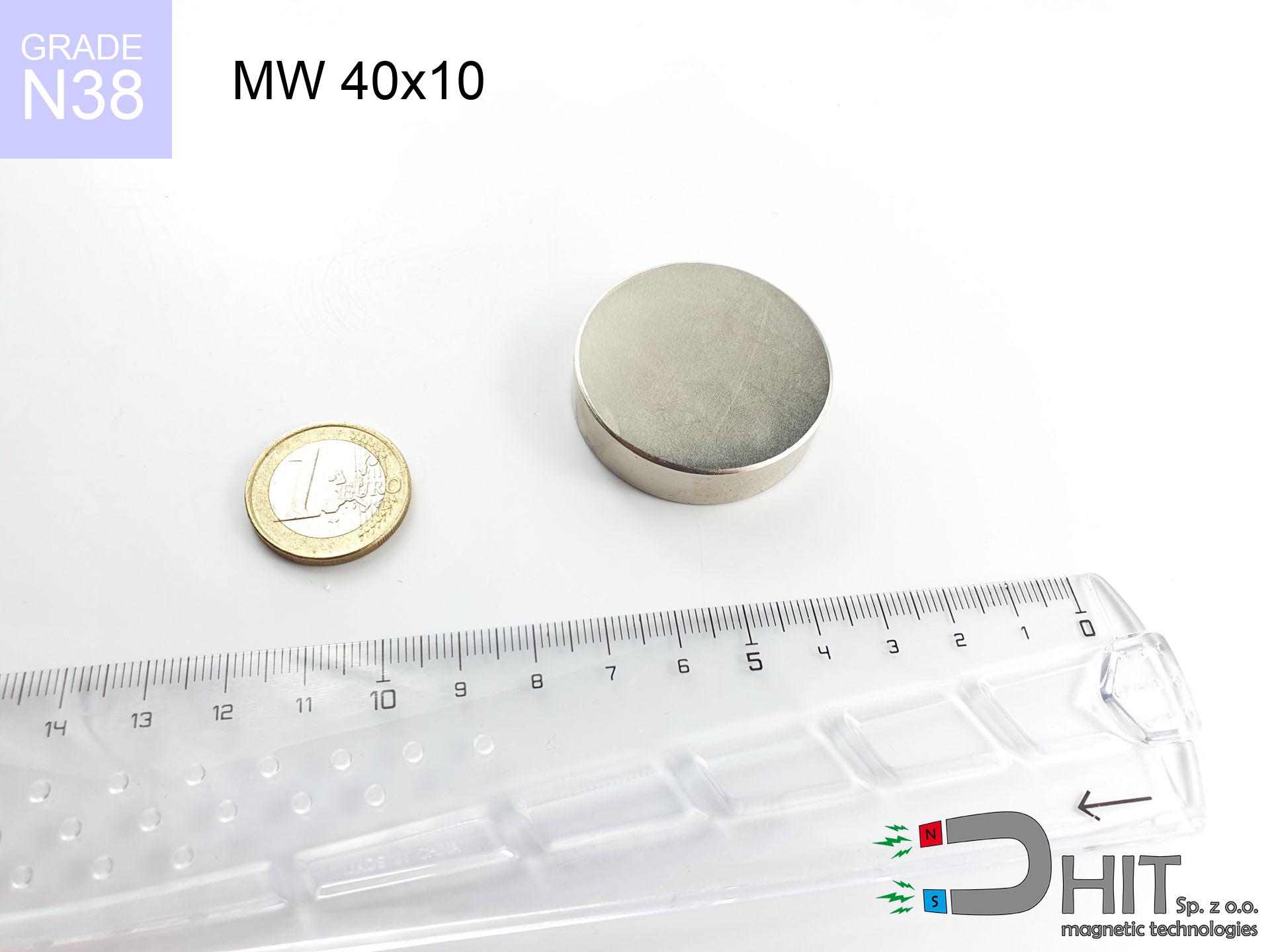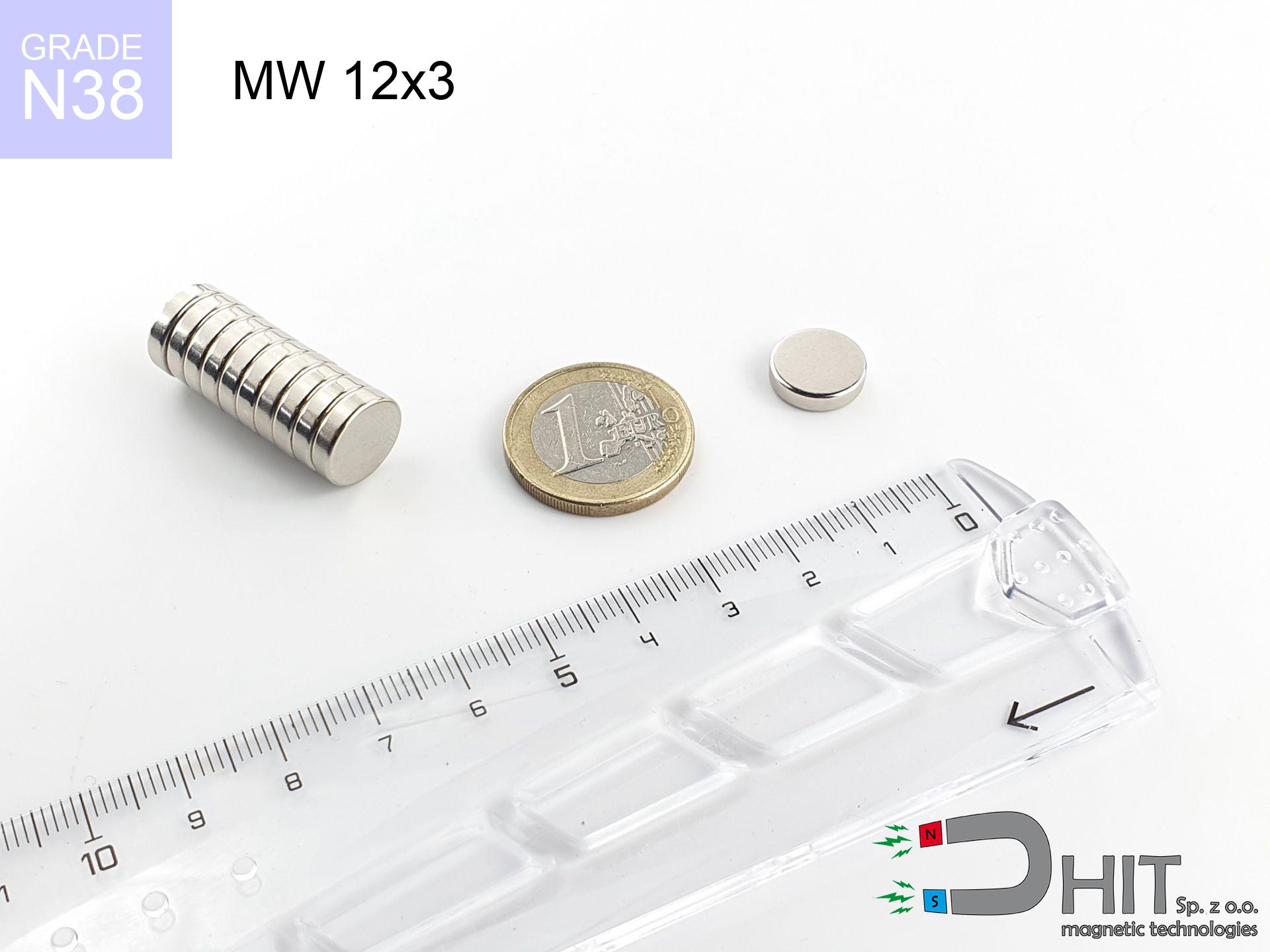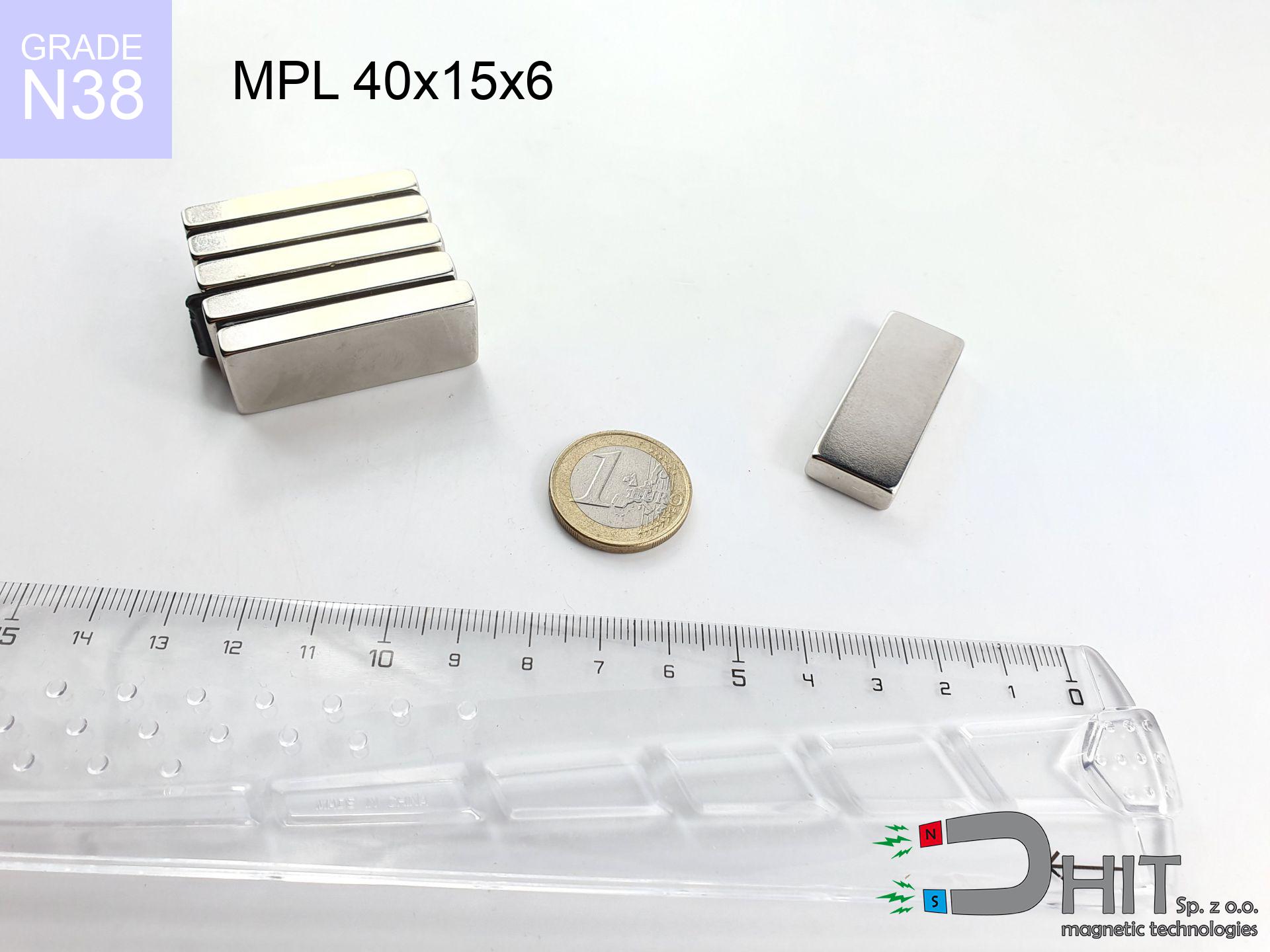SM 25x275 [2xM8] / N42 - magnetic separator
magnetic separator
Catalog no 130294
GTIN/EAN: 5906301812876
Diameter Ø
25 mm [±1 mm]
Height
275 mm [±1 mm]
Weight
0.01 g
Magnetic Flux
~ 6 500 Gauss [±5%]
762.60 ZŁ with VAT / pcs + price for transport
620.00 ZŁ net + 23% VAT / pcs
bulk discounts:
Need more?
Give us a call
+48 22 499 98 98
or contact us using
our online form
our website.
Parameters along with structure of a neodymium magnet can be tested with our
our magnetic calculator.
Orders submitted before 14:00 will be dispatched today!
Product card - SM 25x275 [2xM8] / N42 - magnetic separator
Specification / characteristics - SM 25x275 [2xM8] / N42 - magnetic separator
| properties | values |
|---|---|
| Cat. no. | 130294 |
| GTIN/EAN | 5906301812876 |
| Production/Distribution | Dhit sp. z o.o. |
| Country of origin | Poland / China / Germany |
| Customs code | 85059029 |
| Diameter Ø | 25 mm [±1 mm] |
| Height | 275 mm [±1 mm] |
| Weight | 0.01 g |
| Material Type | Stainless steel AISI 304 / A2 |
| Magnetic Flux | ~ 6 500 Gauss [±5%] |
| Size/Mount Quantity | 2xM8 |
| Polarity | circumferential - 10 poles |
| Casing Tube Thickness | 1 mm |
| Manufacturing Tolerance | ±1 mm |
Magnetic properties of material N42
| properties | values | units |
|---|---|---|
| remenance Br [min. - max.] ? | 12.9-13.2 | kGs |
| remenance Br [min. - max.] ? | 1290-1320 | mT |
| coercivity bHc ? | 10.8-12.0 | kOe |
| coercivity bHc ? | 860-955 | kA/m |
| actual internal force iHc | ≥ 12 | kOe |
| actual internal force iHc | ≥ 955 | kA/m |
| energy density [min. - max.] ? | 40-42 | BH max MGOe |
| energy density [min. - max.] ? | 318-334 | BH max KJ/m |
| max. temperature ? | ≤ 80 | °C |
Physical properties of sintered neodymium magnets Nd2Fe14B at 20°C
| properties | values | units |
|---|---|---|
| Vickers hardness | ≥550 | Hv |
| Density | ≥7.4 | g/cm3 |
| Curie Temperature TC | 312 - 380 | °C |
| Curie Temperature TF | 593 - 716 | °F |
| Specific resistance | 150 | μΩ⋅cm |
| Bending strength | 250 | MPa |
| Compressive strength | 1000~1100 | MPa |
| Thermal expansion parallel (∥) to orientation (M) | (3-4) x 10-6 | °C-1 |
| Thermal expansion perpendicular (⊥) to orientation (M) | -(1-3) x 10-6 | °C-1 |
| Young's modulus | 1.7 x 104 | kg/mm² |
Chemical composition
| iron (Fe) | 64% – 68% |
| neodymium (Nd) | 29% – 32% |
| boron (B) | 1.1% – 1.2% |
| dysprosium (Dy) | 0.5% – 2.0% |
| coating (Ni-Cu-Ni) | < 0.05% |
Environmental data
| recyclability (EoL) | 100% |
| recycled raw materials | ~10% (pre-cons) |
| carbon footprint | low / zredukowany |
| waste code (EWC) | 16 02 16 |
See also proposals
Advantages and disadvantages of Nd2Fe14B magnets.
Pros
- They do not lose magnetism, even during approximately 10 years – the reduction in strength is only ~1% (theoretically),
- They are noted for resistance to demagnetization induced by external magnetic fields,
- A magnet with a metallic silver surface has an effective appearance,
- Neodymium magnets create maximum magnetic induction on a small area, which ensures high operational effectiveness,
- Made from properly selected components, these magnets show impressive resistance to high heat, enabling them to function (depending on their shape) at temperatures up to 230°C and above...
- Thanks to freedom in shaping and the capacity to modify to client solutions,
- Key role in electronics industry – they serve a role in hard drives, electric motors, medical devices, as well as other advanced devices.
- Relatively small size with high pulling force – neodymium magnets offer strong magnetic field in small dimensions, which allows their use in small systems
Cons
- At strong impacts they can break, therefore we advise placing them in special holders. A metal housing provides additional protection against damage, as well as increases the magnet's durability.
- Neodymium magnets demagnetize when exposed to high temperatures. After reaching 80°C, many of them experience permanent weakening of power (a factor is the shape and dimensions of the magnet). We offer magnets specially adapted to work at temperatures up to 230°C marked [AH], which are very resistant to heat
- Due to the susceptibility of magnets to corrosion in a humid environment, we recommend using waterproof magnets made of rubber, plastic or other material immune to moisture, when using outdoors
- Limited possibility of creating nuts in the magnet and complex forms - recommended is a housing - magnetic holder.
- Possible danger resulting from small fragments of magnets can be dangerous, if swallowed, which gains importance in the aspect of protecting the youngest. Furthermore, tiny parts of these products can be problematic in diagnostics medical when they are in the body.
- With large orders the cost of neodymium magnets is a challenge,
Pull force analysis
Maximum magnetic pulling force – what affects it?
- with the contact of a yoke made of low-carbon steel, ensuring maximum field concentration
- with a cross-section no less than 10 mm
- characterized by smoothness
- with zero gap (no impurities)
- for force applied at a right angle (pull-off, not shear)
- in temp. approx. 20°C
Lifting capacity in practice – influencing factors
- Distance – the presence of foreign body (rust, dirt, air) interrupts the magnetic circuit, which reduces capacity steeply (even by 50% at 0.5 mm).
- Force direction – catalog parameter refers to pulling vertically. When applying parallel force, the magnet exhibits much less (often approx. 20-30% of maximum force).
- Base massiveness – too thin plate does not close the flux, causing part of the power to be escaped to the other side.
- Metal type – different alloys reacts the same. High carbon content weaken the interaction with the magnet.
- Base smoothness – the smoother and more polished the plate, the larger the contact zone and higher the lifting capacity. Unevenness creates an air distance.
- Temperature – temperature increase causes a temporary drop of induction. Check the thermal limit for a given model.
Lifting capacity testing was performed on plates with a smooth surface of suitable thickness, under a perpendicular pulling force, whereas under parallel forces the lifting capacity is smaller. Additionally, even a minimal clearance between the magnet and the plate lowers the holding force.
H&S for magnets
Power loss in heat
Standard neodymium magnets (grade N) lose magnetization when the temperature exceeds 80°C. The loss of strength is permanent.
GPS and phone interference
Navigation devices and smartphones are highly susceptible to magnetic fields. Direct contact with a strong magnet can permanently damage the sensors in your phone.
Health Danger
Individuals with a heart stimulator must maintain an safe separation from magnets. The magnetic field can disrupt the functioning of the implant.
Finger safety
Watch your fingers. Two powerful magnets will join immediately with a force of several hundred kilograms, crushing anything in their path. Be careful!
Risk of cracking
Despite the nickel coating, the material is delicate and cannot withstand shocks. Avoid impacts, as the magnet may crumble into sharp, dangerous pieces.
Powerful field
Use magnets with awareness. Their huge power can surprise even experienced users. Stay alert and respect their force.
Flammability
Mechanical processing of NdFeB material poses a fire risk. Magnetic powder reacts violently with oxygen and is difficult to extinguish.
Skin irritation risks
Warning for allergy sufferers: The nickel-copper-nickel coating consists of nickel. If redness appears, immediately stop working with magnets and use protective gear.
Data carriers
Device Safety: Neodymium magnets can damage payment cards and sensitive devices (heart implants, medical aids, mechanical watches).
Swallowing risk
Absolutely keep magnets out of reach of children. Risk of swallowing is high, and the effects of magnets clamping inside the body are tragic.

![Separation magnetic rod SM 25x275 [2xM8] / N42 Separation magnetic rod SM 25x275 [2xM8] / N42](https://cdn3.dhit.pl/graphics/banners/magnet.webp)
![SM 25x275 [2xM8] / N42 - magnetic separator](https://cdn3.dhit.pl/graphics/products/sm-25x275-2xm8-boc.jpg)

![UI 45x13x6 [Z323] / N38 - badge holder UI 45x13x6 [Z323] / N38 - badge holder](https://cdn3.dhit.pl/graphics/products/ui45x13x6-z323-fap.jpg)



